Introduction
The official definition of a coat of arms is not the depiction of the arms but the blazon, which is the text describing the arms. It requires a skilled heraldic artist to render the arms from the blazon. Anyone well versed in heraldry can perform the inverse operation, to render the blazon from the arms.
The paper describes projects to automate these processes, by capturing the herald painter's skills and drawing upon computational linguistics (constructing the syntax and parsing the blazon) and computational geometry (positioning and sizing the components) and by using image processing techniques (identifying the components, layer by layer, that make up the shield). More importantly, the paper emphasizes that these techniques have wider application in the arts and humanities.
Context
An important rationale for many computer applications is to capture skills so that tasks can be tackled by unskilled operators. In the visual arts, computers have long been used to help people draw or paint two dimensional pictures or to model and render three dimensional scenes.
One area that provides a considerable challenge is heraldry. It requires artistic skills to render the arms from the blazon, thereby limiting the rôle of those unskilled in the use of pen and paint. It also requires heraldic knowledge to depict or recognize arms.
The blazon defining the Queen's University's arms (Figure 1) is: Per saltire azure and argent, on a saltire gules, between in chief an open book and in base a harp both proper, in dexter a hand couped of the third, and in sinister a sea-horse vert gorged with a mural crown of the fourth, an Imperial crown of the last. From this definition any competent heraldic artist can draw the shield whereas the quality of computer programs that attempt to automate this process is at present limited and inferior. Much the same was said of the printer's art when desktop publishing was first attempted.
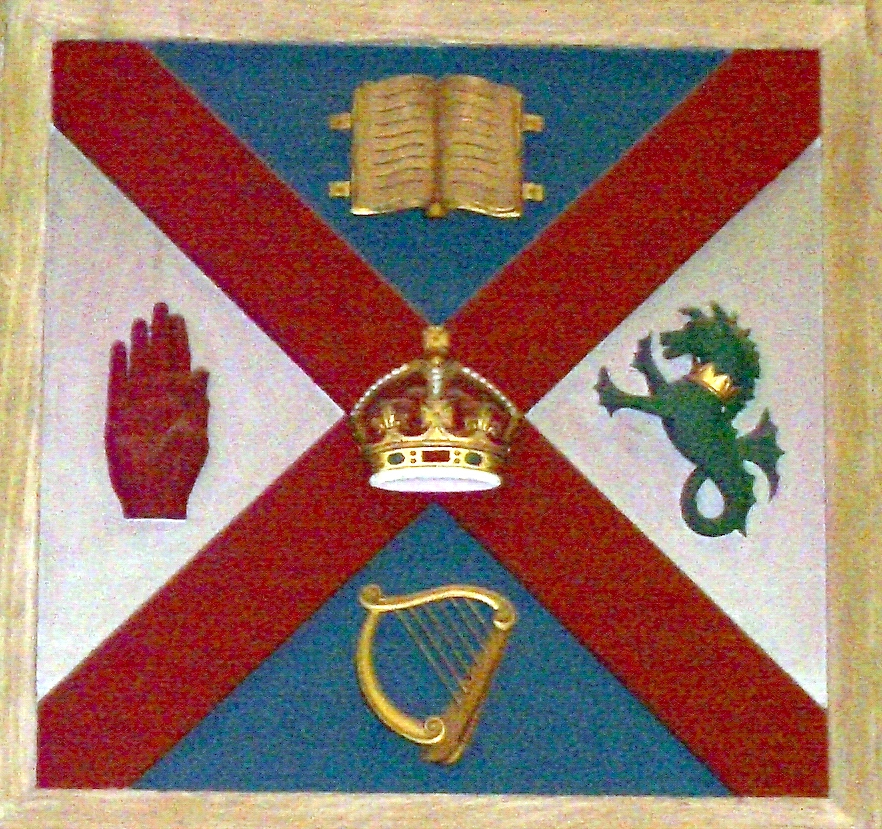
Figure 1: The Queen's University of Belfast
Several exploratory projects to automate this task have been undertaken at Queen's by final year undergraduates and by taught course postgraduates.
See Carswell; Stewart; McVicker; Tinman; Black; Carson; Nicholl; McGuckin; O'Shea. The results have been promising but, because of the time available to those students, limited. Now is the time to build upon those studies to produce a much more acceptable application that not only consolidates the work done to date but also addresses the more challenging questions that have yet to be tackled. This paper discusses the progress so far and outlines what problems remain and how they might be solved.
The artist's skill shows in the disposition and scale of the components. No program can rival the inventiveness of an artist but there remains the question of whether an acceptable rendition can be generated. Such an application draws upon computational linguistics and computational geometry; it also entails constructing a dictionary of heraldic terms and a corresponding library of heraldic images. It may be that a semi-automatic solution is necessary, allowing the user to make fine adjustments. In fact, some human intervention will be required because the set of components that may appear in a coat of arms is unbounded and new ones will inevitably be encountered and will have to be entered into the dictionary and library.
The inverse operation, of deconstructing a coat of arms to produce the blazon, has also been attempted in a student project (Flanagan) and is now to be tackled more seriously, using experience gained from another student project (Taylor) that uses image processing techniques to extract the contours and other information from a map. Again, the problems and how they might be resolved are discussed in the paper.
Benefits
The language of blazon has been in continual use since the Middle Ages. Based on the French of the time, and subsequently adapted, it has a reasonably precisely defined grammar and a substantial vocabulary that is extended as necessary. To most people that are neither heralds nor heraldists it appears to be arcane. This project should help to make heraldry more widely accessible; it should make heraldic and artistic skills available to the unskilled and it should also be a useful tool for heralds, at least for intermediate sketches if not for the final grant of arms.
It should also make the production of illustrated rolls of arms feasible as, at present, there are not enough heraldic artists to produce an illustrated version of, say, Burke's General Armory, which describes thousands of shields listed by the names of their owners. The inverse operation of identifying the owners of shields is generally accomplished using Papworth's Ordinary, which is not illustrated and can be difficult to use; automation can play a useful part here. Heraldic offices are now beginning to use computers in a more imaginative way and they will want to develop indexed and illustrated databases of arms.
More generally, it may encourage those working in the visual arts to develop more precise written descriptions of their artifacts. Heraldry is somewhat stylised and lends itself to precise formal descriptions; that is not the case for most art but it may be that the correspondence between blazon and image might encourage the development of more precise descriptions of other works of art, as happens with music or dance notation.
Computational techniques for the construction of grammars, the disambiguation of syntax and the parsing, processing and indexing of texts have wide application; we have experience with subsets of Latin, English, French, Spanish and Esperanto as well as blazon.
Geometrical and topological techniques for describing and manipulating two and three dimensional shapes are also widely applicable; we have experience of applying such techniques to mechanical and aeronautical engineering artifacts. It is now time to apply these methods to other areas of scholarship.
Examples & Problems
By way of example, the following coats of arms (Figures 2a-2g) are taken from Foster's Feudal Coats of Arms and have been generated automatically by computer program from blazons, some of which have been rephrased.
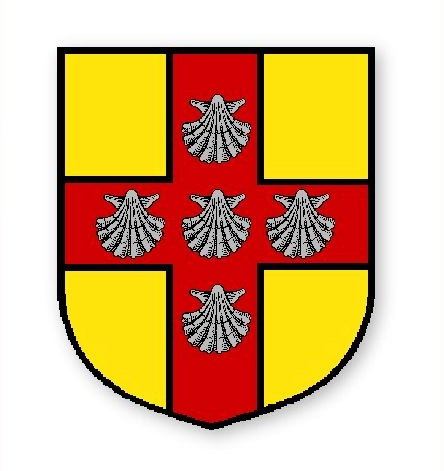
Figure 2a: Or, on a cross gules five escallops argent.
Bigod, Rauff, of Settrington, Yorks
Glover Roll &c.
Ascribed also to John in the St. George Roll, and to Sir Raffe, of Norfolk, in the Parly. Roll.
Glover Roll &c.
Ascribed also to John in the St. George Roll, and to Sir Raffe, of Norfolk, in the Parly. Roll.
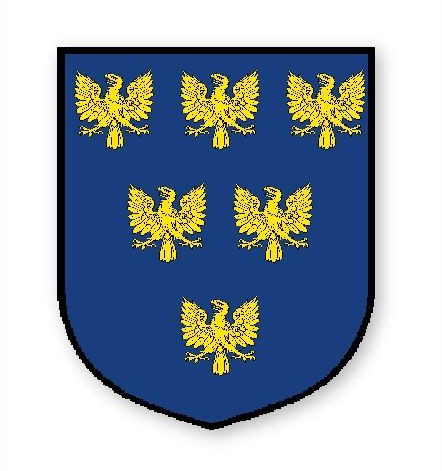
Figure 2b: Azure, six eaglets, 3, 2, 1, or.
Biblesworth, Sir John
Ashmole Roll
Also ascribed to Walter.
Ashmole Roll
Also ascribed to Walter.
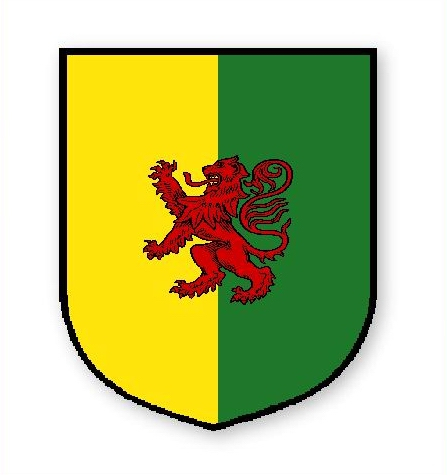
Figure 2c: Per pale or and vert, a lyon rampant gules.
Bigod, Roger, Earl of Norfolk,
Earl Marshal of England
at the battle of Falkirk 1298 and sealed the Barons' letter to the Pope 1301, pp xv, xxiv.
Earl Marshal of England
at the battle of Falkirk 1298 and sealed the Barons' letter to the Pope 1301, pp xv, xxiv.
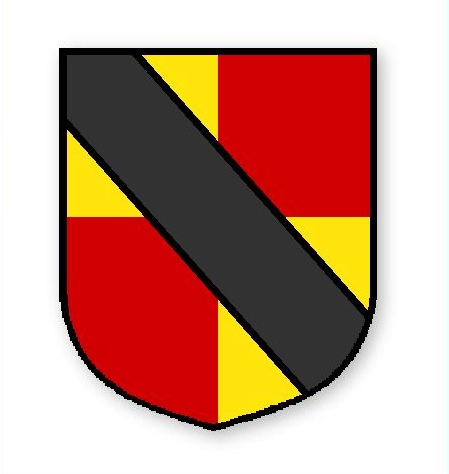
Figure 2d: Quarterly or and gules, a bend sable.
Beauchamp, John, Walter, and William, of Bedford
(H. III Roll) Parliamentary, Norfolk and St. George Rolls [bend gules; in other MSS. bend sable occurs].
(H. III Roll) Parliamentary, Norfolk and St. George Rolls [bend gules; in other MSS. bend sable occurs].
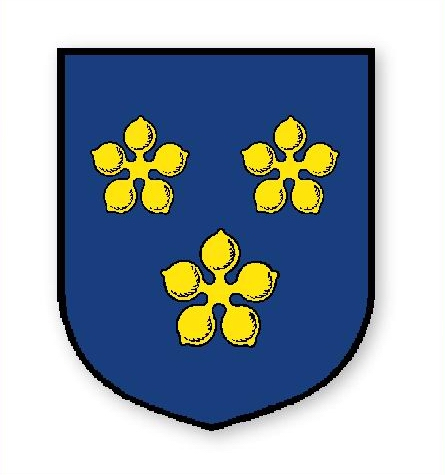
Figure 2e: Azure, three cinquefoyles or.
Bardolf, Sir Hugh, a baron 1299
Sealed the Barons' letter to the Pope 1301, pp xvii, xxiv; bore at the battle of Falkirk 1298 and at the siege of Carlaverock 1300.
Sealed the Barons' letter to the Pope 1301, pp xvii, xxiv; bore at the battle of Falkirk 1298 and at the siege of Carlaverock 1300.
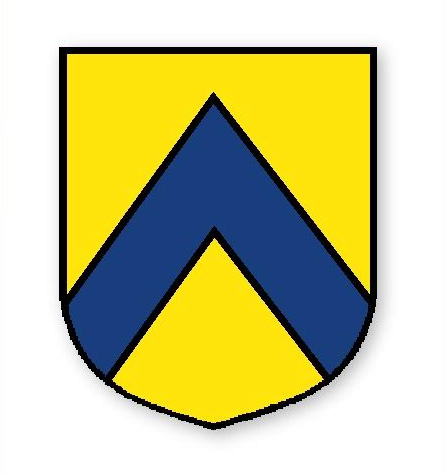
Figure 2f: Or, a chevron azure.
Bastard (---), of Kitley, Devon
Shirley.
Shirley.

Figure 2g: Gules, on a chief argent two mullets sable pierced or.
Bacon, Sir Edmond
at the first Dunstable tournament 1308.
at the first Dunstable tournament 1308.
Compound coats, like the arms of Queen's College Belfast (Figure 3) or those of the Royal University of Ireland (Figure 4), have still to be incorporated but this should not be too hard. Extending the dictionary of terms and the corresponding library of images will also be reasonably straightforward, utilising Elvin's Dictionary of Heraldry and images available online (Phillips). A much more difficult task will be to extend the formal grammar to cope with a larger range of blazons. In any language processing application the construction of a formal grammar is usually the most time consuming part as textbooks tend to define syntax informally or by means of examples. Another difficult problem is the sensible handling of potential ambiguities.
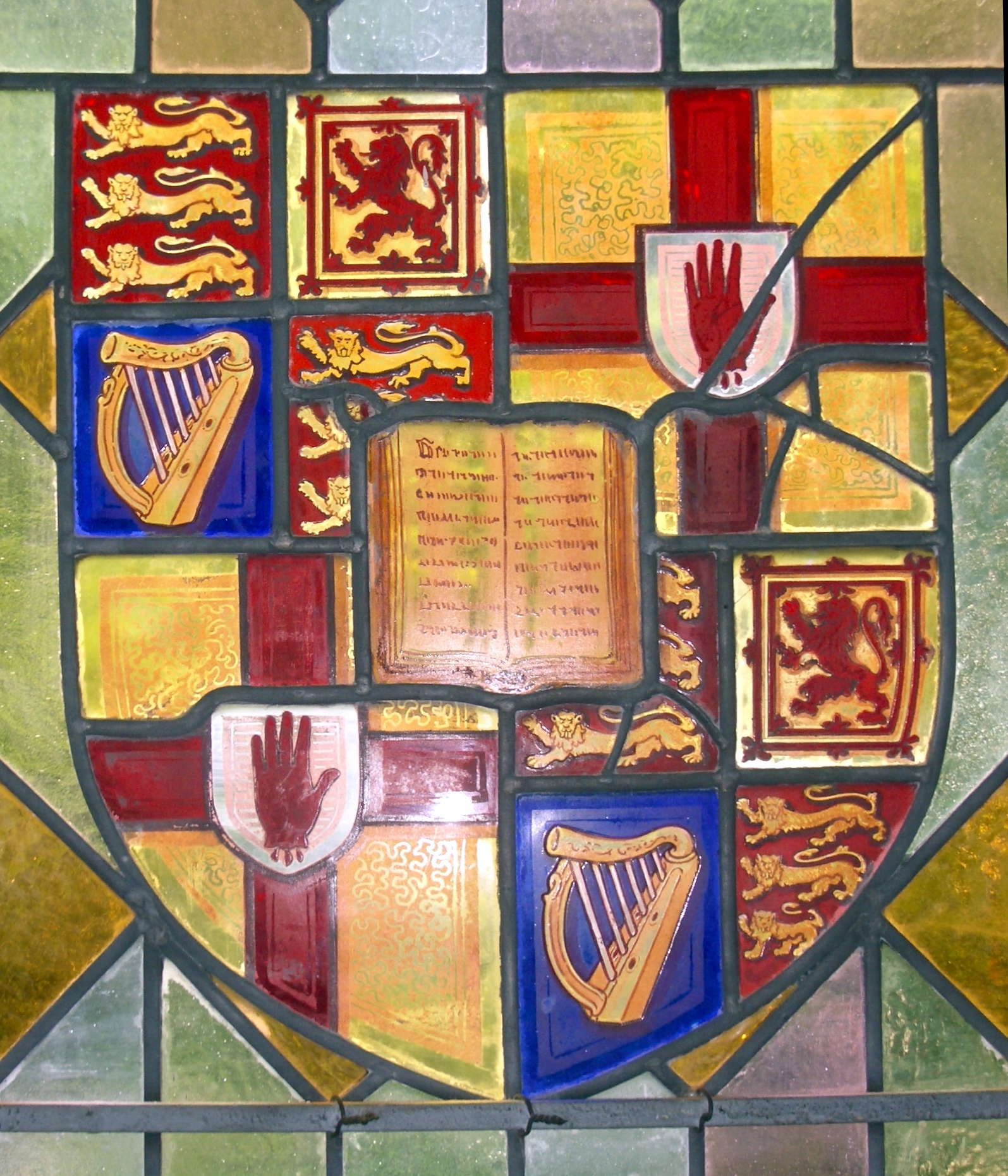
Figure 3: Queen's College Belfast
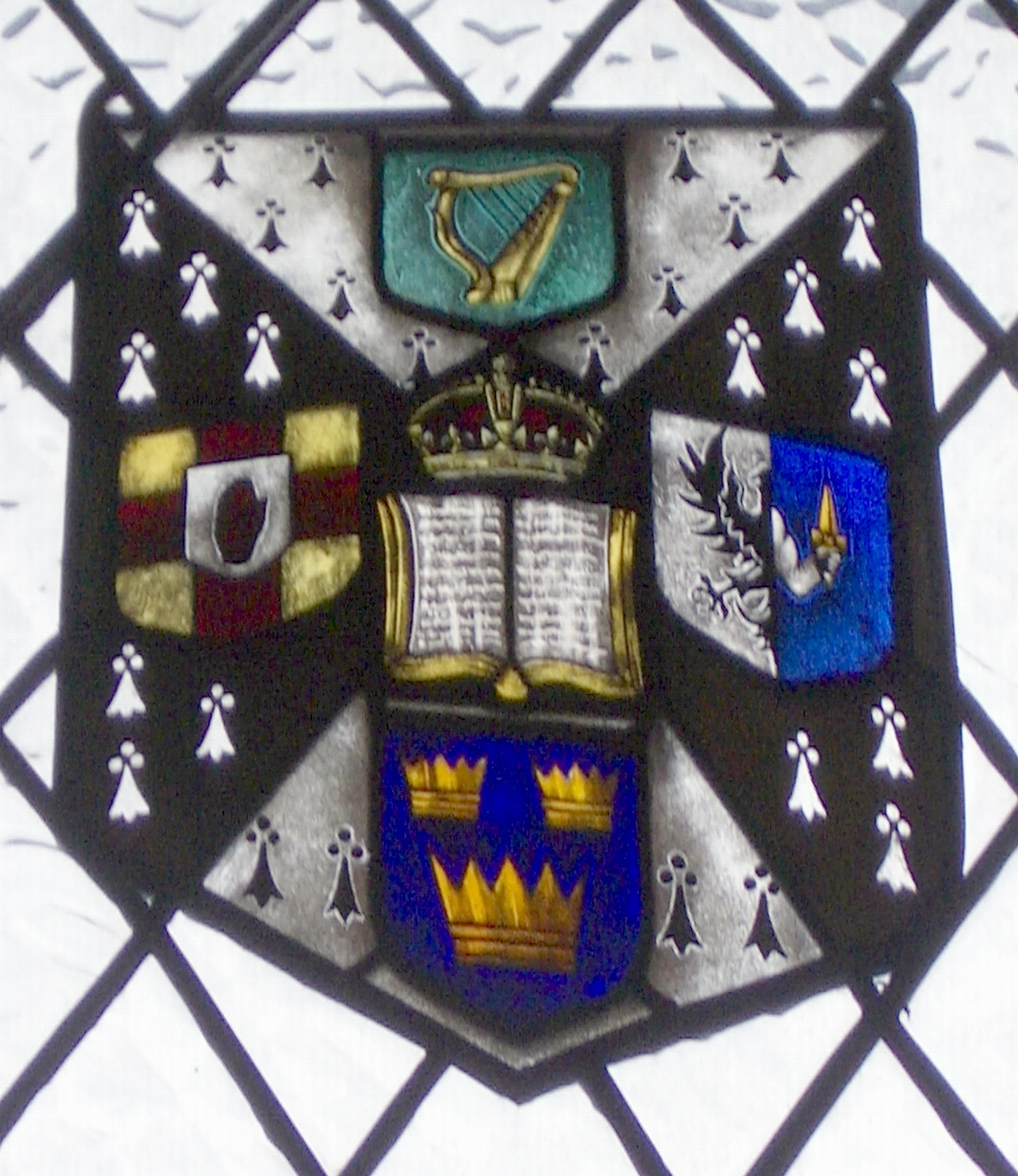
Figure 4: The Royal University of Ireland
When we turn to the inverse operation, the decomposition of a picture into its components in order to derive the blazon, we meet a different set of problems. As with all image processing applications, we have to remove noise before we can begin to identify components. Having removed a component we must then fill in the gap in the component that underlay it. We must finally construct the blazon, taking care to introduce the components in the right order and to conform to the standard conventions of blazoning.
A partly successful example is shown below (Figure 5). Instead of recognizing the background as per fess or and azure, it treats each half as a fess, i.e. a horizontal band across the middle of the shield. However it recognizes the diagonal bend sable. It is, though, well on the way to establishing that the blazon is Per fess or and azure a bend sable.
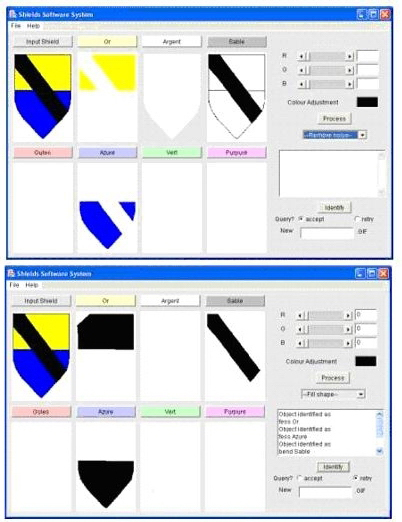
Figure 5: Stages in decomposing a coat of arms: colour separation, noise reduction, shape filling and component identification